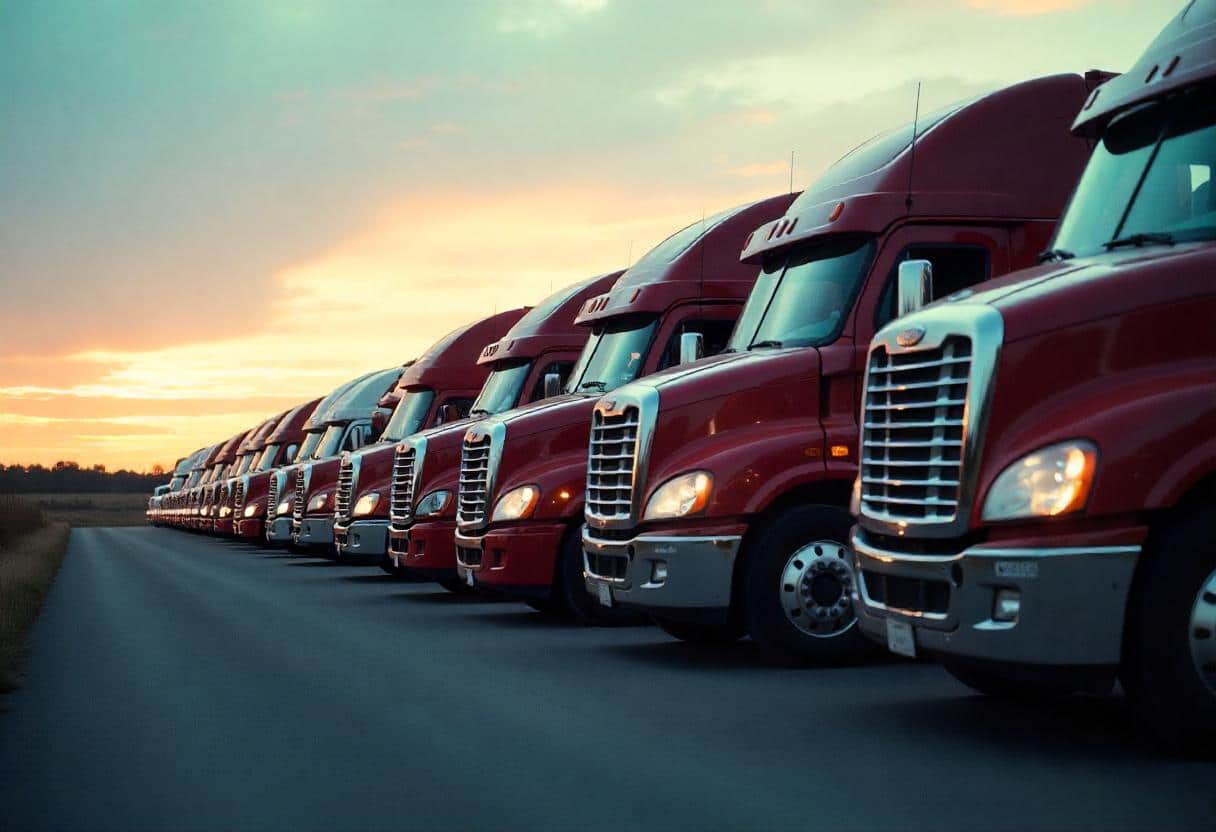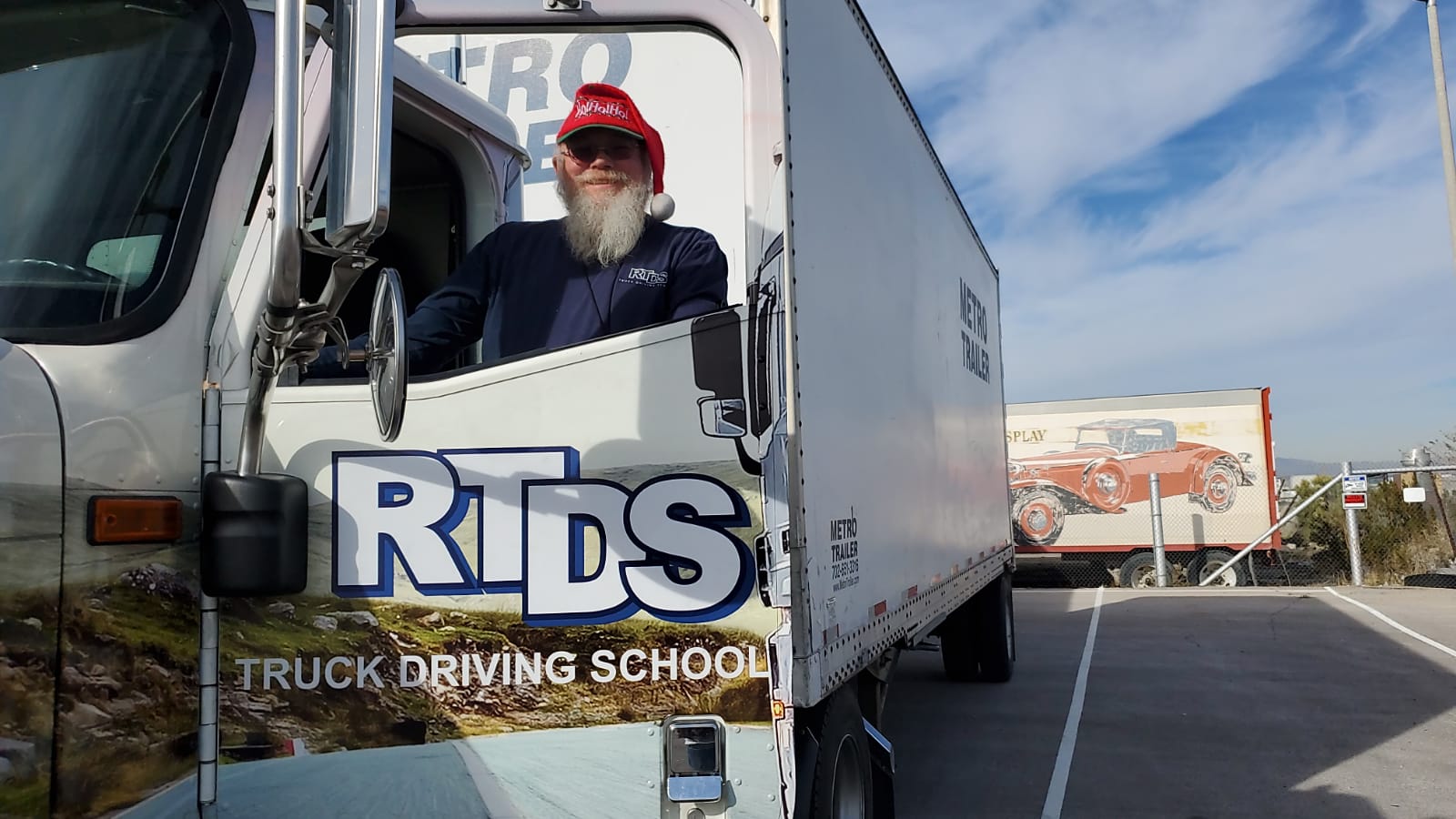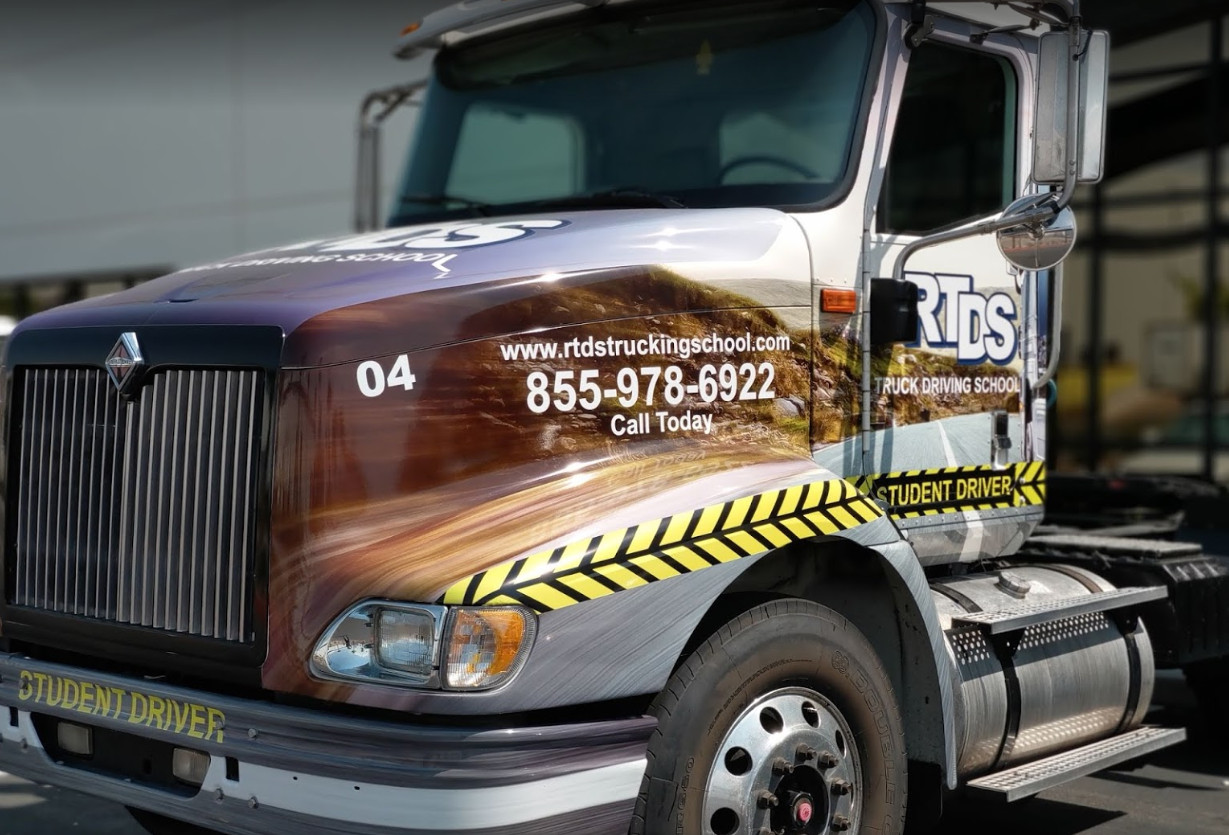Looking to start your career as a professional truck driver in Nevada? Getting your CDL in Las Vegas is your first step toward a rewarding future in the transportation industry. At RTDS Trucking School, we’ve helped thousands of students achieve their dreams of becoming professional truck drivers through our comprehensive CDL training program.
Why Las Vegas Is Perfect for Your CDL Training
The Las Vegas valley offers unique advantages for CDL training. With its diverse road conditions, from busy urban streets to open highways, you’ll gain experience in various driving situations. The year-round warm weather means consistent training opportunities, and the growing logistics industry in Nevada ensures plenty of job opportunities after graduation.
Top-Rated CDL Training in Las Vegas: The RTDS Advantage
At RTDS Trucking School, we understand that choosing the right training program is crucial for your success. Our comprehensive approach combines classroom instruction with extensive hands-on experience, ensuring you’re well-prepared for your CDL exam and future career.
Expert Instructors with Real-World Experience
Our instructors bring decades of combined experience in the trucking industry. They don’t just teach from a textbook – they share real-world insights and practical knowledge that you won’t find anywhere else. This expertise helps our students develop the skills and confidence needed to succeed in their CDL exams and future careers.
State-of-the-Art Training Facilities
Our training facility features:
- Modern fleet of training vehicles
- Spacious practice yards for mastering maneuvers
- Advanced simulation technology
- Comfortable classrooms with updated learning materials
Flexible Schedule Options
We understand that many of our students are balancing work and family commitments while pursuing their CDL. That’s why we offer:
- Day and evening classes
- Accelerated training programs
- Customizable scheduling options
- Weekend availability for certain programs
The Path to Your CDL Success
Step 1: Initial Requirements
Before starting your CDL training, you’ll need to:
- Be at least 18 years old (21 for interstate driving)
- Have a valid Nevada driver’s license
- Pass a DOT physical examination
- Complete a drug screening
- Provide proof of legal residency
Step 2: Classroom Training
Our classroom instruction covers essential topics including:
- DOT rules and regulations
- Vehicle systems and maintenance
- Hours of service requirements
- Trip planning and navigation
- Safety procedures and protocols
Step 3: Hands-On Training
You’ll spend significant time behind the wheel, learning:
- Vehicle inspection procedures
- Basic control and maneuvering
- Shifting techniques
- Backing procedures
- Safe driving practices
Step 4: CDL Test Preparation
We thoroughly prepare you for both written and skills tests through:
- Practice tests and study materials
- One-on-one coaching
- Mock CDL exams
- Skills course practice
- Pre-trip inspection training
Career Support and Job Placement
Getting your CDL is just the beginning. RTDS Trucking School goes above and beyond by offering:
- Job placement assistance
- Resume writing support
- Interview preparation
- Industry networking opportunities
- Relationships with major carriers
Many of our graduates receive multiple job offers before completing their training, thanks to our strong relationships with leading trucking companies.
Financial Options and Support
We believe that financial constraints shouldn’t prevent you from pursuing your career goals. RTDS offers:
- Competitive tuition rates
- Flexible payment plans
- Financial aid options for qualified students
- Veterans’ benefits acceptance
- Corporate sponsorship programs
Student Success Stories
Our graduates consistently report high satisfaction with their training experience. Many are now successful owner-operators or have advanced to management positions within major trucking companies. Their success stories demonstrate the quality and effectiveness of our training program.
Why Choose RTDS for Your CDL Training
When you choose RTDS Trucking School, you’re investing in:
- A proven training methodology
- Industry-recognized certification
- Comprehensive support services
- Lifetime job placement assistance
- A trusted name in CDL training
Start Your Journey Today
Ready to take the first step toward your new career? Contact RTDS Trucking School to learn more about our CDL training programs in Las Vegas. Our admissions team is ready to answer your questions and help you get started on your path to becoming a professional truck driver.
Frequently Asked Questions
Q: How long does it take to complete the CDL training program? A: Most students complete our program in 4-6 weeks, depending on their schedule and chosen training option.
Q: What is the job placement rate for RTDS graduates? A: Over 90% of our graduates find employment within 30 days of completing their training.
Q: Do you help with CDL test scheduling? A: Yes, we assist with scheduling both written and skills tests at local DMV locations.
Don’t wait to start your new career in trucking. Contact RTDS Trucking School today at (855) 978-6922 or contact us here to learn more about our CDL training programs in Las Vegas. Your future in professional trucking starts here.





